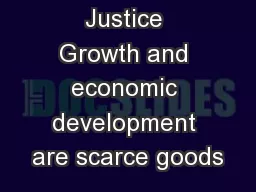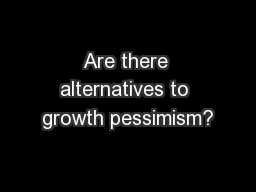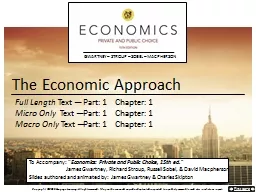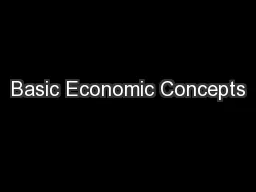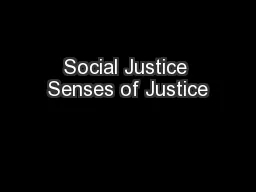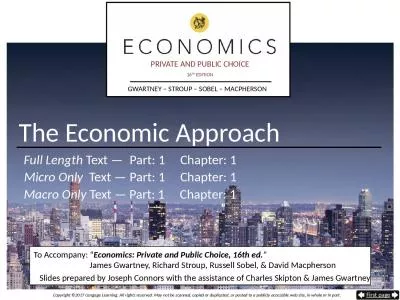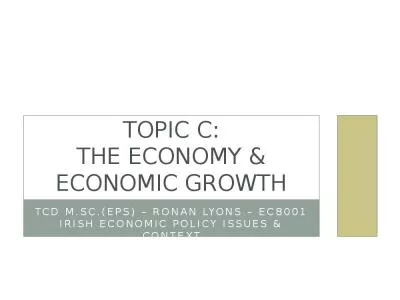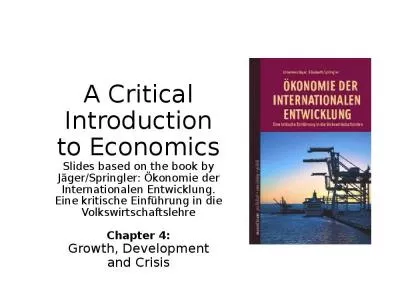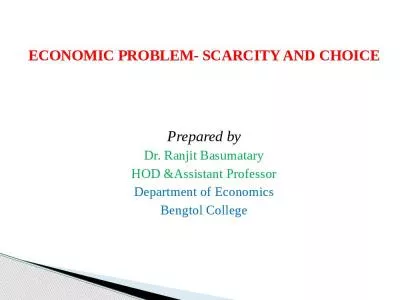PPT-Resource Justice Growth and economic development are scarce goods
Author : calandra-battersby | Published Date : 2018-02-23
Multipolar World The cards of global power are being reshuffled Demographic Change The NorthSouth dichotomy is gradually dissolving Economic Justice The arithmetic
Presentation Embed Code
Download Presentation
Download Presentation The PPT/PDF document "Resource Justice Growth and economic dev..." is the property of its rightful owner. Permission is granted to download and print the materials on this website for personal, non-commercial use only, and to display it on your personal computer provided you do not modify the materials and that you retain all copyright notices contained in the materials. By downloading content from our website, you accept the terms of this agreement.
Resource Justice Growth and economic development are scarce goods: Transcript
Download Rules Of Document
"Resource Justice Growth and economic development are scarce goods"The content belongs to its owner. You may download and print it for personal use, without modification, and keep all copyright notices. By downloading, you agree to these terms.
Related Documents

